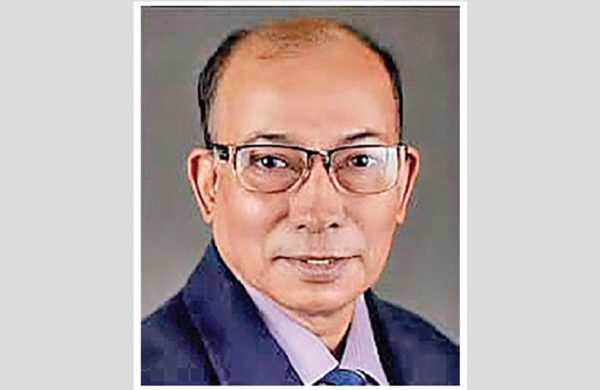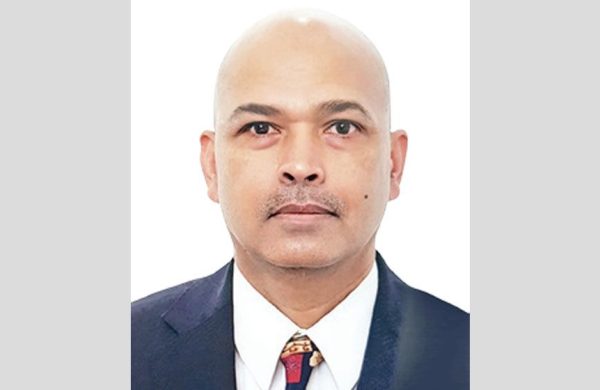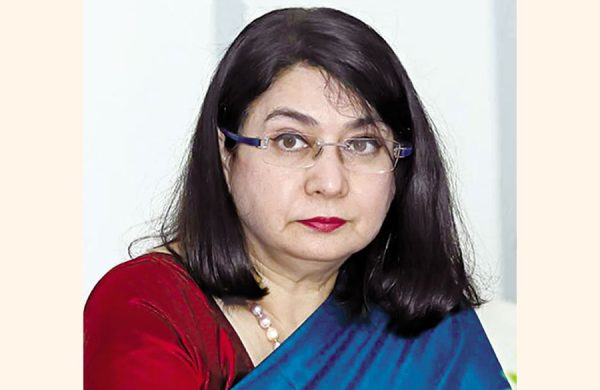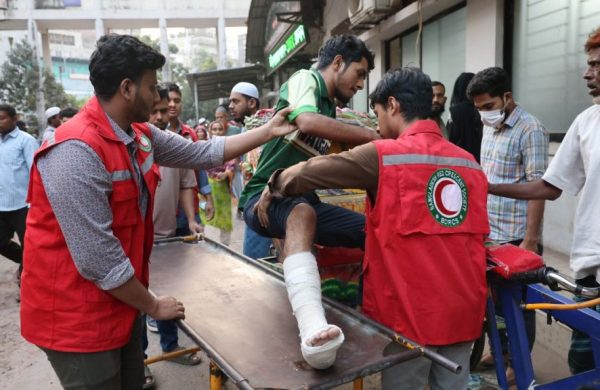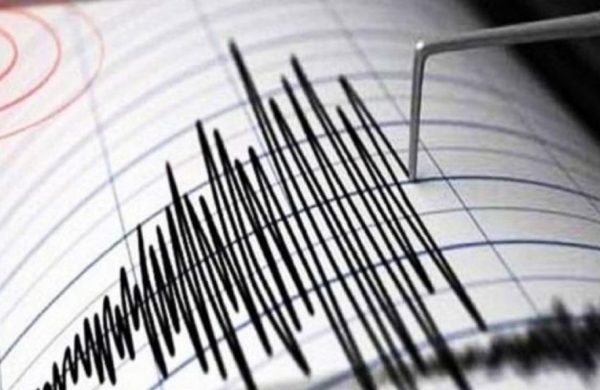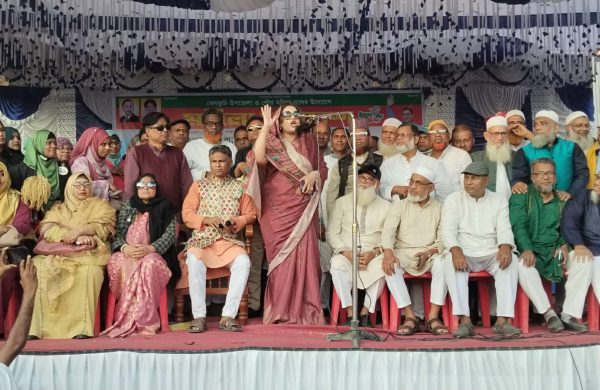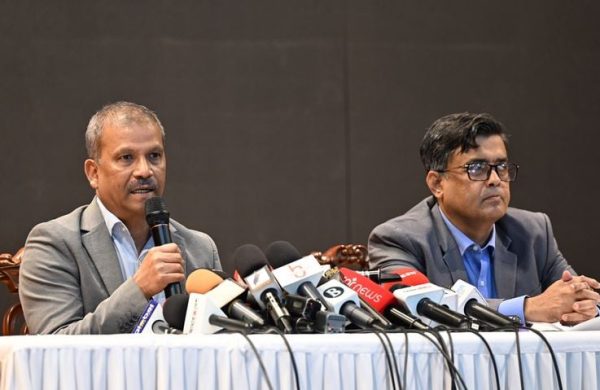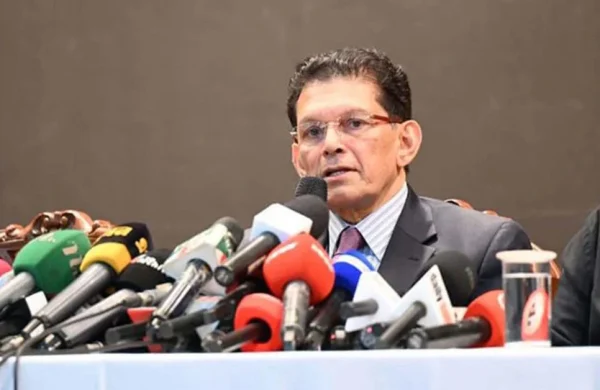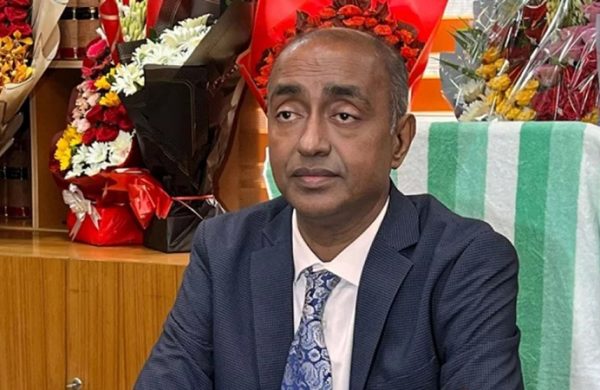Bangladesh Must Learn to Earn from the Green Climate Fund
- Update Time : Thursday, October 30, 2025
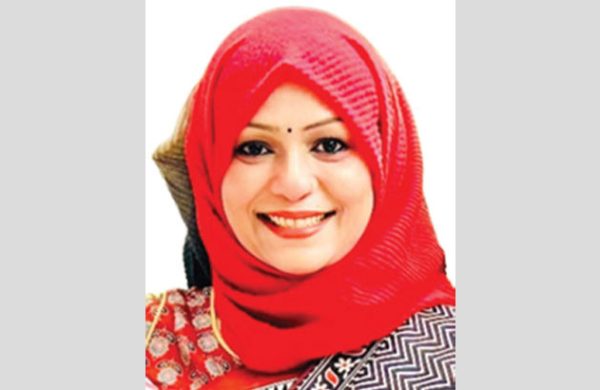
—Dr Shahrina Akhtar—
Bangladesh’s unique geography and dense population place it at the frontline of the global climate crisis. Its coastal position along the Bay of Bengal makes it one of the world’s most climate-vulnerable nations. Each year, millions endure floods, cyclones, riverbank erosion, salinity intrusion, and droughts, disasters that threaten livelihoods, food security, and national development. As climate impacts intensify, resilience has become not just an environmental goal but a developmental imperative.
In this urgent context, the Green Climate Fund (GCF) plays a pivotal role in helping Bangladesh adapt, mitigate, and build climate-resilient futures. Established under the UN Framework Convention on Climate Change (UNFCCC), the GCF mobilises global resources to support projects that reduce emissions and strengthen adaptive capacity in developing countries. For Bangladesh, this means access to funding for transformative initiatives in energy, agriculture, water, and infrastructure. Created in 2010 at COP16 in Cancun, the GCF is the world’s largest dedicated climate finance mechanism. Headquartered in Songdo, South Korea, it serves as a bridge between developed and developing nations, promoting a paradigm shift toward low-carbon, climate-resilient development. Its mission spans mitigation and adaptation, with investments in renewable energy, resilient agriculture, forestry, and sustainable infrastructure.
Bangladesh has been one of the early and active participants in accessing GCF funds. By December 2023, the country had mobilised around USD374 million through seven approved projects, focusing on both adaptation and mitigation. One flagship project is the Resilient Homestead and Livelihood Support to the Vulnerable Coastal People of Bangladesh (RHL), implemented by the Palli Karma-Sahayak Foundation (PKSF). This initiative empowers coastal communities through climate-resilient housing, diversified livelihoods, and eco-friendly technologies. It helps families not just survive but thrive amidst salinity, tidal surges, and flooding.
Another milestone is the Extended Community Climate Change Project on Drought (ECCCP-Drought), also managed by PKSF. Targeting the drought-prone northwest region, the project promotes adaptive farming, efficient water management, and drought-resilient community practices, directly improving food and income security for thousands of rural families. Through such initiatives, the GCF is gradually strengthening the foundation of Bangladesh’s climate resilience, aligning with national policies like the Bangladesh Climate Change Strategy and Action Plan (BCCSAP) and the Mujib Climate Prosperity Plan (MCPP).
The GCF works through a transparent, multi-layered structure involving Accredited Entities (AEs), institutions authorised to design and implement GCF-funded projects. These can be national, regional, or international organisations that meet strict accreditation standards related to financial integrity, environmental safeguards, and project management capacity. In Bangladesh, IDCOL (Infrastructure Development Company Limited), PKSF, and the Bangladesh Bank are among the nationally accredited entities, allowing them to directly access GCF resources. These entities collaborate with line ministries, local governments, and development partners to translate national priorities into fundable project proposals. The National Designated Authority (NDA) for the GCF in Bangladesh is the Economic Relations Division (ERD) under the Ministry of Finance. The NDA serves as the official link between the GCF Secretariat and the country, ensuring that all proposed projects align with national development and climate priorities.
Despite its potential, many in Bangladesh’s policy and NGO sectors remain unclear about how to access GCF funding. The process begins with Concept Note Preparation, where government agencies, research institutions, or private actors draft a brief outlining the project’s climate relevance, scope, and alignment with GCF priorities, always in partnership with an Accredited Entity (AE). Next, the National Designated Authority (NDA), the ERD, reviews and endorses the concept to ensure it fits national climate strategies.
If further studies are needed, applicants may seek Project Preparation Facility (PPF) support to conduct feasibility, environmental, or financial analyses. Once refined, a full funding proposal is developed, detailing technical design, budgets, and risk frameworks. The proposal undergoes Independent Technical Review by the GCF Secretariat and ITAP to assess scientific rigor and cost-effectiveness. Following this, the GCF Board reviews and approves proposals during scheduled meetings. Upon approval, funds are disbursed through the AE for implementation. Finally, monitoring and evaluation ensures accountability, with regular progress reports submitted to both the GCF and NDA.
In Bangladesh, GCF funding is open to national accredited entities, government ministries (via partnerships), private sector innovators, and NGOs or universities. Eligible projects must show clear climate relevance, align with national priorities and GCF criteria, offer scalable and sustainable solutions, and deliver measurable impact, either through reduced emissions or enhanced resilience beyond the project’s duration.
Despite Bangladesh’s strong engagement, several gaps persist. The complexity of the GCF process often deters local actors, especially small NGOs, from applying. Developing a technically sound proposal that meets international standards requires advanced capacity, data, and coordination, areas where local institutions still struggle.
Additionally, private sector participation remains limited due to perceived investment risks and inadequate incentives. Creating risk-sharing mechanisms, tax benefits, and blended finance opportunities could unlock greater private investment in climate solutions. Institutional capacity-building remains another urgent need. Both public and private sectors require continuous training on proposal writing, monitoring, and compliance to enhance access and ensure effective implementation. Lastly, robust monitoring and evaluation (M&E) frameworks are essential to track impacts, ensure transparency, and learn from both successes and failures.
One of the major bottlenecks in GCF engagement is the lack of awareness among stakeholders about how the fund actually works. From government planners to university researchers and entrepreneurs, many simply do not know that they can participate or how. To bridge this gap, Bangladesh needs national awareness programs, hands-on training modules, and practical guides on GCF procedures. Universities and think tanks could integrate “climate finance literacy” into their curricula, while the NDA could host regular stakeholder dialogues to simplify the process.
The Green Climate Fund represents not just a source of money, but a strategic instrument for transformation. For Bangladesh, it can accelerate the shift from vulnerability to prosperity, from surviving disasters to building climate-smart communities.
With better awareness, stronger institutions, and inclusive participation, Bangladesh can unlock the full potential of GCF to turn its climate challenges into opportunities for green growth, innovation, and sustainability. As the world races against time to limit global warming, Bangladesh’s partnership with the Green Climate Fund will remain pivotal, ensuring that no community is left behind in the journey towards a resilient, climate-secure future.
———————————————————————–
The writer is National Consultant, Bangladesh of ICCAP Project, APRACA. She can be reached at [email protected]


